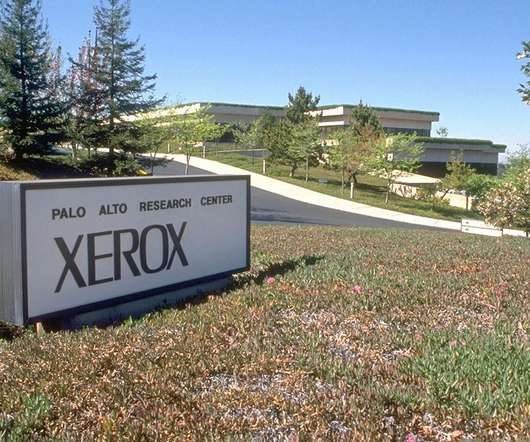UVA researchers devise method for converting retired Li-ion anodes to graphene and GO
Green Car Congress
DECEMBER 29, 2018
Researchers at the University of Virginia (UVA) have devised a process for converting retired Li-ion battery anodes to graphene and graphene oxide (GO). A rational strategy to simultaneously solve the environmental issues from waste batteries and graphite mining is to fabricate graphene directly from end-of-life battery anodes.


























Let's personalize your content